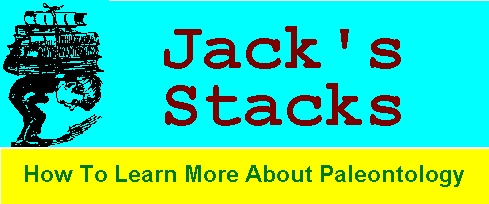
Dinosauria - A Technical Reference

You say you're a dinosaur fan, eh? Well, if you're really serious, I've got just the book for you: The Dinosauria, Weishampel, Dodson, and Osmólska, editors, University of California Press, 1990. This one will show just how serious you are.
You may be able to obtain the hardback version through special order at better book stores - it will set you back $95.00. A soft cover version was released in 1992 for a mere $40.00. The book is a large format, 8 by 11, volume of some 733 pages.
Despite the large physical size, this is not a coffee table book (so as not to leave undefined terms, a coffee table book is traditionally large, filled with many pretty pictures of museum specimens, and has a scant amount of text so the possibility of actually learning much is slim. These books are meant to impress your friends and help start conversations at parties). The Dinosauria is a highly technical reference volume which should be obvious considering the price, the editors, and the authors.
This work is intended to present what is currently known about dinosaur origins, interrelationships, paleobiology, evolution, distribution, and extinction. The first section covers these topics in a general way.
The bulk of the book (almost 600 pages) is dedicated to the taxonomy of the known families. Within these taxonomic sections, the origins, paleobiology, evolution, taphonomy, etc., are discussed in more detail. The very technical terminology is fairly well restricted to the subsections that describe the diagnostic anatomical features which separate each family.
The main divisions in the taxonomic section are: Theropoda, Sauropodomorpha, Thyreophora, Ornithopoda, Marginocephalia, and Ceratopsia. Each of these is subdivided into groups with names more familiar to us such as Stegosauria, Ankylosauria, Hadrosauridae, Sauropoda, Carnosauria, etc.
How technical is the book? Three pages at the beginning are dedicated to defining abbreviations used in text figures. For example: dpl. - ductus perilymphaticus or, cedi. - centrodiapophyseal lamina. Beyond this, there are no definitions of terms; the taxonomic descriptions are all presented on a professional level with the full complement of technojargon. You should find, however, that it won't be necessary for you to know what "An elongate thin strip of bone, the intercoronoid (complementare), lies above the splenial, covering the medial surface of the rear half of the tooth row" means in order to understand the bulk of the book.
There are 29 chapters contained within the work. Each chapter is authored by one or more recognized experts in the area being discussed. Some of the more familiar names included: Dodson, Norman, Weishampel, Ostrom, Horner, Sereno, and Currie. The subject matter covered is worldwide in nature and a number of the authors are from around the world as well. One author you won't find is Robert Bakker whose views are not always in the mainstream of paleontological thinking. Bakker's work and ideas are liberally noted, criticized, accepted, refuted, or acknowledged throughout the book however.
Illustrations are typical of those found in most technical journals - black and white line drawings of skeletal elements, charts, or tables - no gaudy color plates to distract you from the subject matter. I recall seeing only one photographic illustration of an actual fossil in the entire book.
In addition to everything else, there is a 62 page bibliography containing over 2500 entries. Three indices are included. One is an index of genera and species, the second is a stratigraphic index, and the third is a subject index.
Unless you are truly hard core, The Dinosauria may be a bit too much to handle at the high price. I would recommend seeking it out at the U. C. Geology Library and at least reading the general sections. Even in the taxonomic sections, much general information is presented which is easily understood, so don't be put off by the technical terminology.